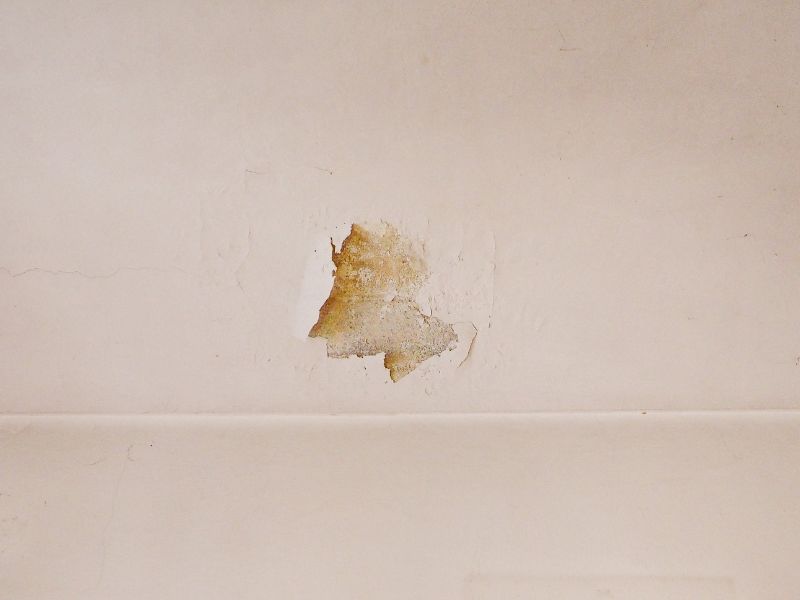
29 Jul The moisture on the walls
Moisture on walls is a common problem in many homes and buildings, which can have diverse origins and consequences. This phenomenon not only affects the aesthetics of spaces, but can also compromise the structural integrity of buildings and the health of their inhabitants.
Desde nuestra posición como empresa profesional, en Humilogic en el artículo de hoy, queremos hablar sobre las causas más comunes de las humedades en las paredes, sus efectos y las soluciones disponibles para tratarlas.
Contenidos
What are the causes of moisture on the walls
Condensation
Condensation occurs when wet air comes into contact with cold surfaces, such as walls, windows or ceilings, and turns to liquid water. This type of humidity is common in poorly ventilated areas, such as bathrooms and kitchens, where daily activities generate a lot of water vapor. Factors contributing to condensation include lack of insulation, low indoor temperature and poor air circulation.
Dampness
Capillarity is a process in which water rises through the pores of building materials from the floor to the walls. This is usually the case in old buildings or those with a poor or non-existent moisture barrier on the foundations. Moisture by capillary action typically manifests itself in the lower parts of walls and can lead to degradation of building materials and the appearance of stains and efflorescences.
Filtration
Filtration occurs when water penetrates into walls through cracks or fissures, commonly due to a failure in the waterproofing of the structure. This type of moisture is more common in basements or outside walls exposed to rain and may be the result of poor maintenance, damage to the exterior cladding or problems with the building drainage system.
Effects of moisture on walls
Prolonged presence of moisture in the walls can cause significant damage to the structure of the building. This includes degradation of building materials such as concrete, plaster or wood and can lead to more serious problems such as mould formation, which compromises the integrity of the structure and can be costly to repair. On the other hand, they can also contribute to the growth of mold and fungi, which can have negative effects on the health of the building’s occupants. Prolonged exposure to these elements can cause respiratory problems, allergies and other health problems, especially in sensitive people such as children, elderly or those with pre-existing conditions.
In addition, moisture stains, mold and deterioration of paint or wallpaper negatively affect the appearance of interior spaces. This is not only unsightly, but it can also reduce the value of the property.
Solutions to treat and prevent moisture
Improved ventilation
One of the most effective ways to combat condensation moisture is to improve ventilation in affected spaces. This can be achieved by installing air extractors in bathrooms and kitchens, using dehumidifiers and ensuring adequate air circulation in all rooms.
Waterproofing and insulation
To prevent moisture from seepage and capillary action, it is essential to have good waterproofing and insulation of the structure. This includes the application of sealants on exterior walls, the repair of cracks and fissures, and the installation of vapour barriers or waterproof membranes in foundations and walls.
Treatment of the affected walls
In cases where damage has already occurred, it is important to treat the affected walls properly. This may involve the removal of damaged materials, the application of antifungal treatments and the renovation of the wall cladding.
If you want to remove moisture from the walls, do not hesitate to contact us.
